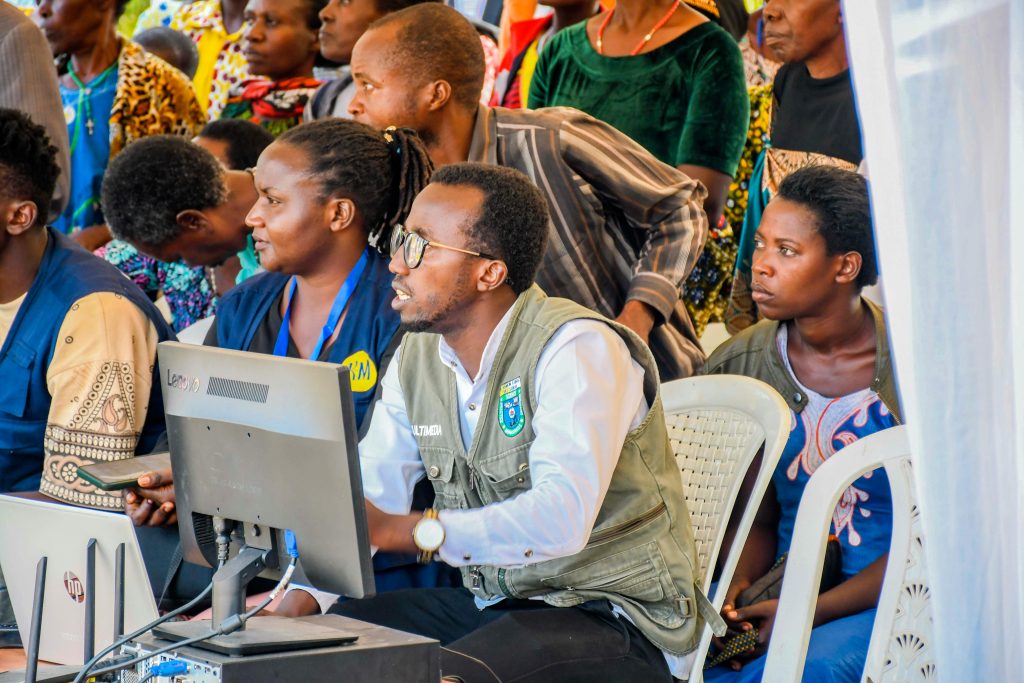In today’s rapidly evolving world, education and training are more important than ever for building a skilled and adaptable workforce. However, no single institution or organization can address the diverse and complex needs of learners and industries alone. Collaborations between educational institutions, businesses, and governments are essential for creating comprehensive education and training programs that equip individuals with the skills they need to succeed. This article explores the importance of partnerships in education and training, the benefits they bring, and how collaborative efforts are shaping the future of workforce development.
The Need for Collaborative Education and Training
The global economy is undergoing significant transformations driven by technological advancements, automation, and shifting industry demands. These changes require a workforce that is not only technically skilled but also adaptable, innovative, and lifelong learners. Traditional education systems often struggle to keep pace with these rapid changes, highlighting the need for collaborative approaches that bridge the gap between academia and industry.
Collaborations in education and training bring together the strengths of multiple stakeholders, including:
- Educational Institutions: Provide foundational knowledge and academic expertise.
- Businesses and Industries: Offer real-world insights, practical skills, and job opportunities.
- Governments and NGOs: Support policy frameworks, funding, and community outreach.
Key Benefits of Collaborative Education and Training
1. Industry-Relevant Skills Development
Collaborations ensure that education and training programs are aligned with industry needs, equipping learners with the skills that employers are looking for. This alignment reduces the skills gap and increases employability.
2. Access to Resources and Expertise
Partnerships provide access to state-of-the-art facilities, cutting-edge technologies, and industry experts, enhancing the quality of education and training.
3. Practical Learning Opportunities
Internships, apprenticeships, and hands-on projects allow learners to apply their knowledge in real-world settings, bridging the gap between theory and practice.
4. Lifelong Learning and Upskilling
Collaborative programs support continuous learning, enabling individuals to upskill and reskill throughout their careers.
5. Innovation and Research
Partnerships foster innovation by bringing together academic research and industry expertise to solve complex challenges.
Examples of Collaborative Education and Training Models
1. Industry-Academia Partnerships
Collaborations between universities and businesses create programs that combine academic rigor with industry relevance. For example, companies may sponsor research projects, provide guest lectures, or offer internships to students.

2. Vocational Training and Apprenticeships
Vocational training programs, often developed in partnership with industries, provide hands-on experience and job-specific skills. Apprenticeships allow learners to earn while they learn, gaining valuable on-the-job training.

3. Public-Private Partnerships (PPPs)
Governments and private organizations collaborate to fund and deliver education and training programs. These partnerships often focus on underserved communities, providing access to quality education and skill development.

4. Online Learning Platforms and MOOCs
Collaborations between educational institutions and tech companies have led to the rise of online learning platforms and Massive Open Online Courses (MOOCs). These platforms provide flexible, accessible, and affordable learning opportunities.

5. Community-Based Training Initiatives
Nonprofits and community organizations often partner with businesses and educational institutions to provide training programs tailored to local needs. These initiatives empower individuals and strengthen communities.

The Role of Technology in Collaborative Education
Technology is a key enabler of collaborative education and training. Tools like virtual classrooms, AI-driven learning platforms, and digital certifications make it easier for stakeholders to connect, share resources, and deliver high-quality programs. For example, AI can personalize learning experiences, while blockchain can verify credentials and certifications.
The Future of Collaborative Education and Training
The future of education and training lies in deeper and more inclusive collaborations. Key trends to watch include:
1. Global Partnerships
Cross-border collaborations will expand access to education and training, enabling learners to benefit from diverse perspectives and expertise.
2. Focus on Soft Skills
As automation increases, soft skills like communication, critical thinking, and teamwork will become even more important. Collaborative programs will emphasize these skills alongside technical training.
3. Lifelong Learning Ecosystems
Partnerships will create ecosystems that support lifelong learning, allowing individuals to continuously update their skills and adapt to changing job markets.
4. Inclusive Education
Collaborations will focus on reaching underserved populations, ensuring that everyone has access to quality education and training opportunities.
Conclusion
Collaborations in education and training are essential for building a skilled, adaptable, and future-ready workforce. By bringing together the strengths of educational institutions, businesses, governments, and communities, these partnerships create comprehensive programs that meet the needs of learners and industries alike. As the world continues to evolve, collaborative efforts will play a pivotal role in shaping the future of education and workforce development.
The future of education is collaborative, inclusive, and innovative—and it starts with partnerships that empower individuals and transform communities.
References
- “The Role of Industry-Academia Collaboration in Education” – Harvard Business Review
- “Public-Private Partnerships in Education” – World Bank
- “The Future of Online Learning” – EdTech Magazine
- “Lifelong Learning and the Future of Work” – McKinsey & Company